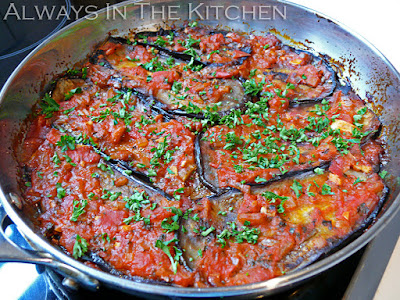
Breakfast muffins and breakfast biscuits have become a very dependable item for casual and fast food restaurants, and I know a surprising number of people who make them at home. Me, for example. It's a pretty easy breakfast that one can make with a minimum of fuss, although items such as bacon will of course add to the dirty dish count. Sometimes, however, you might want the convenience of a homemade biscuit without the need for actually cooking anything right at that minute. If you have a stash of these charming, bite-sized scones - where the bacon and egg and already incorporated right into the dough - you're just that much closer to the grab-and-go breakfast of your dreams.
Okay, okay. These do not fully replace the kinds of biscuits (or English muffins) stuffed with freshly-fried or scrambled egg (plus cheese and/or bacon), which of course have a different character than these scones. But they're quite satisfying, and a nice change from sweet, fruit-studded scones if that's your usual fare.
These are adapted from the Australian Women's Weekly Home Library publication "Muffins, Scones & Breads". As with the Chocolate Guinness Cupcakes, the heavy lifting here was done by my friend James, while I stuck to my moderately autocratic, slightly bossy, kitchen maven routine.
Bacon, Egg, and Mustard Scones
Adapted from Australian Women's Weekly
Makes 16 - 20
4 rashers bacon, fried, drained and crumbled
335 grams cake flour
4 teaspoons baking powder
1/2 teaspoon baking soda
1/2 teaspoon salt
90 grams butter
2 hardboiled eggs, finely chopped
1/4 cup freshly grated parmesan, plus 2 tablespoons extra
3 tablespoons finely chopped fresh chives
1 tablespoon wholegrain Dijon mustard
1 cup (250 mL) whole milk
We made these in a cast iron skillet, which is pretty old school.
Preheat the oven to 450 F / 220 C. Warm your cast iron pan gently on the stovetop to take the chill of it (it should be a little warm, but not hot.
Sift together the flour, baking powder, baking soda, and salt. Cut in the butter with a pastry blender (or a fork, or two knives, as you see fit), until the bits of butter are no larger than the size of a small-ish green pea. Add the bacon, egg, Dijon, chives, and 1/4 cup of parmesan, and stir through with a fork, making sure everything is evenly distributed.
Make a well in the centre, and pour the milk in. Stir very rapidly with a fork until it all comes together. If it is too wet, add a bit more flour until it's not quite so sticky (a little bit sticky is okay). Turn it out onto the counter. Mix with your hands, until you can gently massage it into a thick, flat dough.
Use a biscuit cutter to cut out the individual pieces (do not twist the cutter, or you will inhibit the rise of the scone as it bakes - straight up and down is the way to go). Use a knife if necessary to loosen them from the counter so you can move them into the skillet, arranging them so that they're close to each other but not quite touching. You might need to do two batches, depending on the size of your skillet.
Brush the tops of the biscuits with a little milk (or cream - not listed above), and sprinkle with the remaining bits of grated parmesan. Bake in the preheated oven for about 15 minutes, or until tall and golden. Remove to a wire rack to cool.
Because these have meat in them, store them in the refrigerator (in a sealable bag or airtight container) after they've cooled completely. They're not a good item to hold at room temperature for long.
If you prefer them warm, pop a cooled one in the microwave for about 15 seconds.


